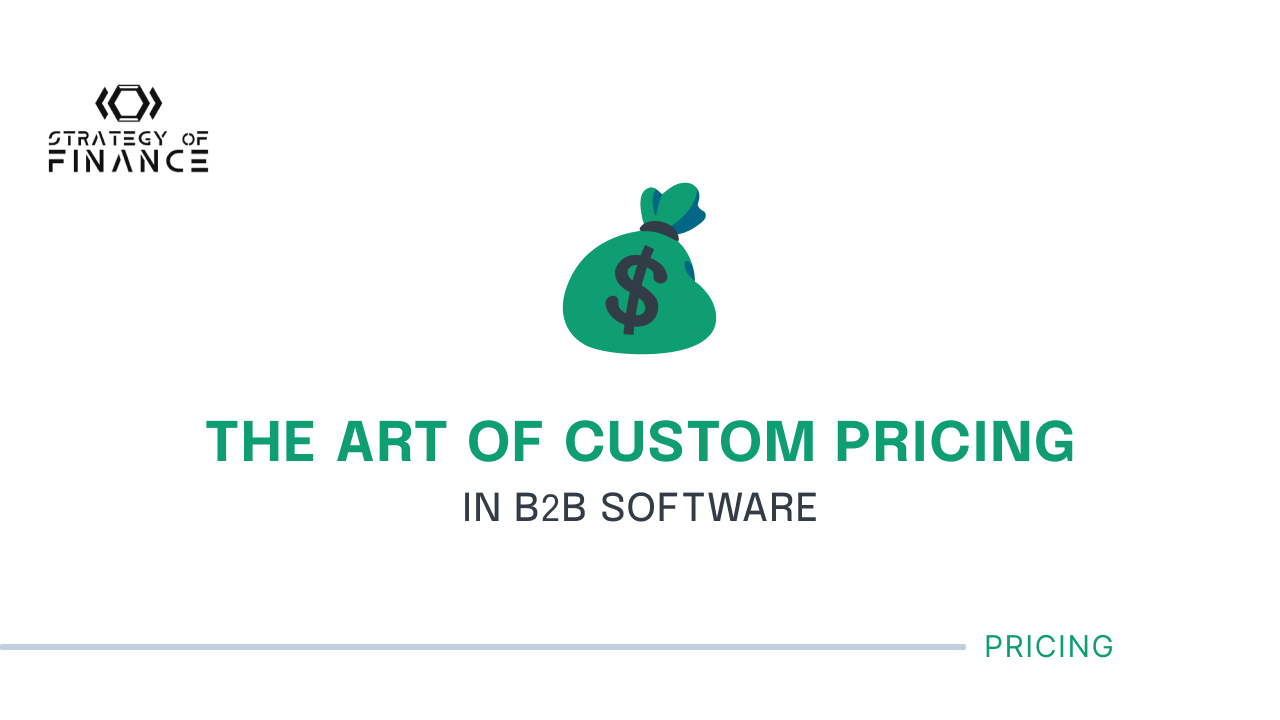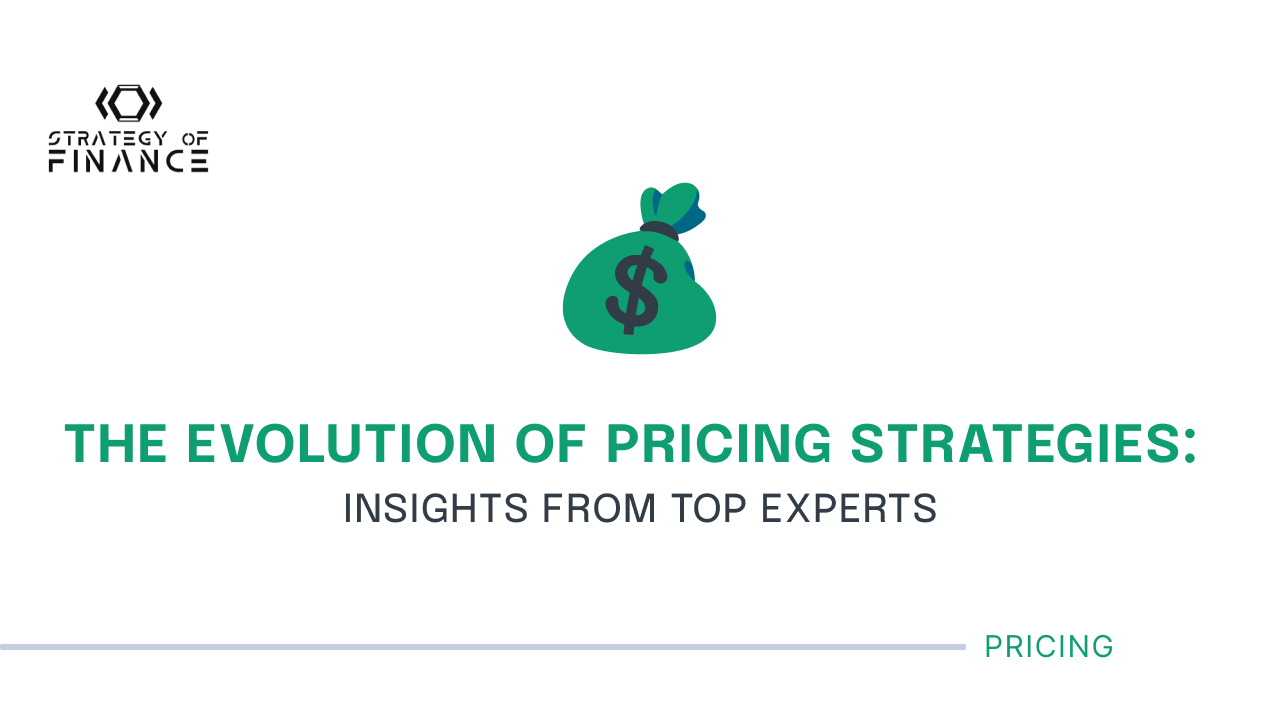The Art of Custom Pricing in B2B Software

The Art of Custom Pricing in B2B Software
Introduction
In the world of B2B software, pricing is far from straightforward. Unlike consumer products, where prices are often fixed and transparent, B2B software pricing involves a blend of public list prices and private, customized deals. This nuanced approach is essential for maximizing profitability while catering to the diverse needs of business customers. Drawing on insights from pricing expert Tim Smith, we’ll explore the concept of custom pricing in B2B software, the role of price discrimination, and how businesses can effectively manage this complexity.
The Necessity of Public List Prices
For B2B software companies, having a public list price is crucial. It serves as a baseline that customers and competitors alike can reference. As Tim Smith mentions, “you need to put a public number out there and it’s a list price.” This transparency helps establish market expectations and provides a starting point for negotiations.
However, the public list price is often just the tip of the iceberg. For small businesses buying a single license, this list price might be what they pay. But as the volume of purchase increases, the unit price typically decreases. This volume-based discounting is a standard practice in the industry.
The Role of Private Prices
While the public list price sets a general expectation, private prices allow for flexibility and customization. These prices are tailored to individual customers based on various factors such as purchase volume, customer relationship, and specific needs. Smith highlights that competitors monitor public prices, but “my competitors don’t need to know my private price.” This secrecy is vital for maintaining competitive advantage.
Price Discrimination: Enhancing Profitability
Price discrimination, or the practice of charging different prices to different customers for the same product, is a key strategy in B2B software pricing. Despite the negative connotations often associated with the term “discrimination,” in pricing, it simply means adjusting prices to match the value perceived by different customer segments.
Smith points out that price discrimination “improves profitability” and “allows me to serve more customers with the same offer.” By offering different prices based on factors like purchase volume or customer segment, companies can maximize their market reach and profitability.
Volume-Based Discounts: One common form of price discrimination is automatic volume-based discounts. These discounts follow a logarithmic scale, where the price per unit decreases as the quantity purchased increases. This strategy not only incentivizes larger purchases but also ensures that prices are competitive and aligned with the value delivered to larger customers.
Managing Complexity in Custom Pricing
Custom pricing introduces a level of complexity that requires careful management. Pricing structures need to be clear and transparent to the sales team to ensure consistency and fairness in customer interactions. Smith emphasizes the importance of communicating pricing policies upfront: “I want that price that they’re being told upfront to be useful when they’re given a quote, a budgetary quote.”
To manage this complexity, pricing professionals must develop robust pricing structures and policies. These structures should provide clear guidelines for discounts and negotiations, ensuring that salespeople have the tools they need to offer appropriate prices without undermining profitability.
Execution and Communication
Effective execution of custom pricing strategies hinges on clear communication within the organization. Sales teams need to understand the pricing structures and be equipped to explain them to customers. Providing salespeople with budgetary quotes and negotiation leeway can help streamline the process and ensure consistency.
Moreover, technology can play a pivotal role in managing custom pricing. Advanced pricing software can automate discount calculations, track customer interactions, and provide real-time data to support pricing decisions. This automation helps reduce errors and ensures that pricing strategies are applied consistently across the board.
Conclusion
Custom pricing in B2B software is a complex but essential strategy for maximizing profitability and expanding market reach. By combining public list prices with tailored private prices and leveraging price discrimination, companies can serve a diverse range of customers effectively. Managing the complexity of custom pricing requires clear structures, robust policies, and effective communication within the organization. When executed well, custom pricing not only enhances profitability but also strengthens customer relationships and competitive positioning.
Understanding and implementing these strategies can provide a significant edge in the competitive landscape of B2B software, ensuring that your company not only meets but exceeds customer expectations while maintaining a healthy bottom line.
***
June 18, 2024 By Rohit Agarwal
Related Content

June 06, 2024

Author & Pricing Expert at Wigalf Picing
Entertainment.
Energy.

The Price Whisperer, Pricing Expert & Consultant
Intelligent.
Practical.








